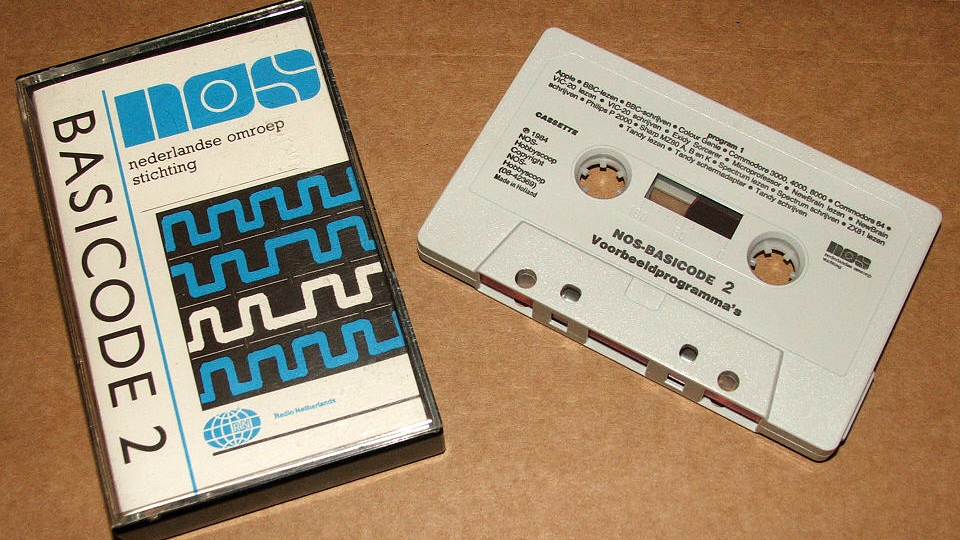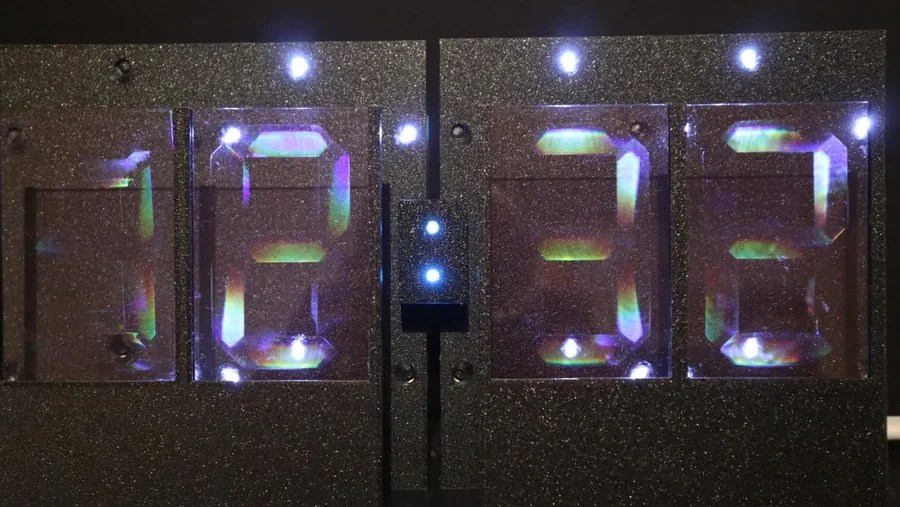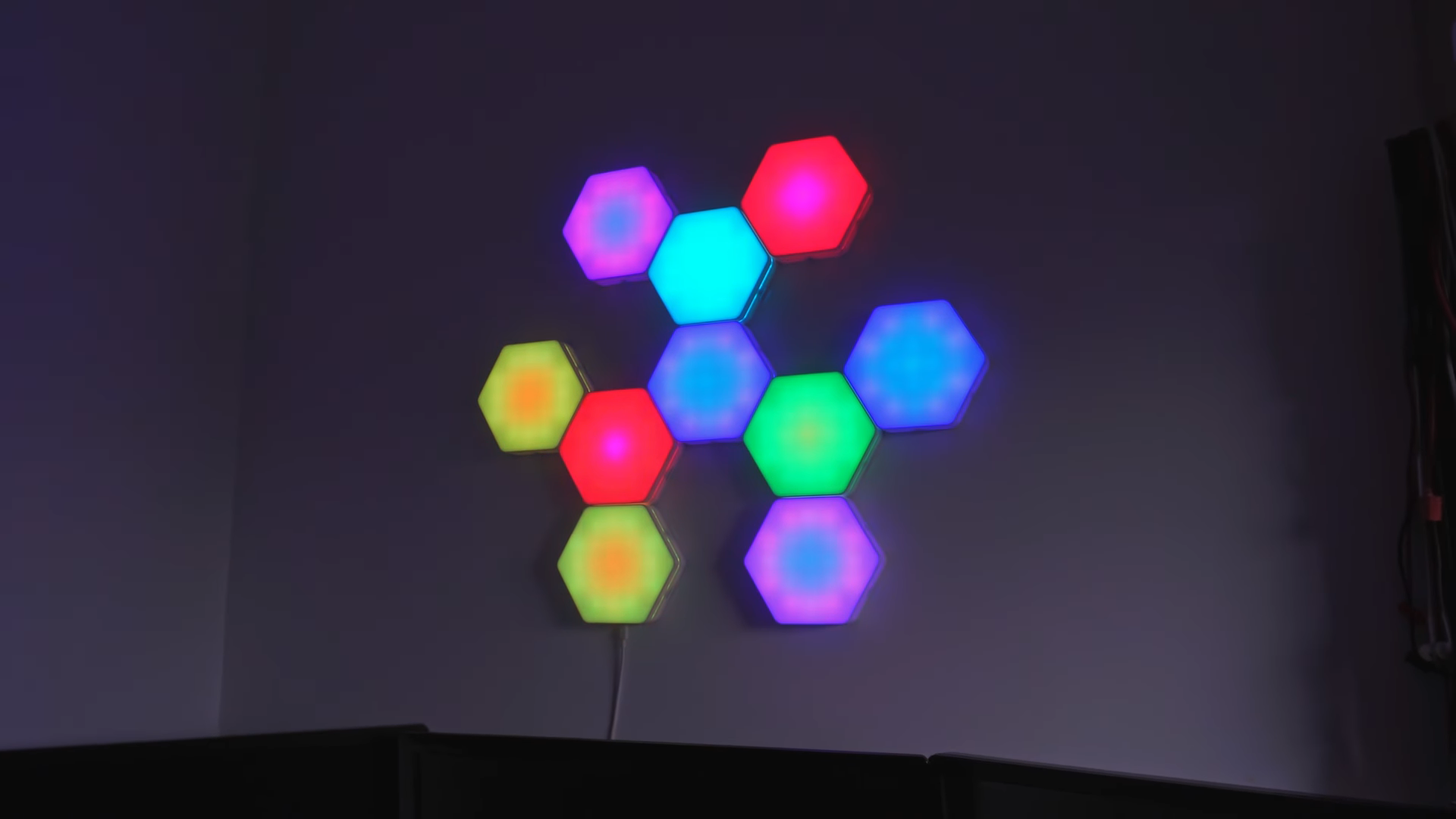BASICODE: A Bit Like Java, But From The 1980s
Those of us ancient enough to remember the time, or even having grown up during the heyday of the 8-bit home computer, may recall the pain of trying to make your latest creation work on another brand of computer. They all spoke some variant of BASIC, yet were wildly incompatible with each other regardless. BASICODE was a neat solution to this, acting as an early compatibility standard and abstraction layer. It was essentially a standardized BASIC subset with a few extra routines specialized per platform.
But that’s only part of the story. The BASICODE standard program was invented by Dutch radio engineer Hessel de Vries, who worked for the Dutch national radio broadcaster Nederlandse Omroep Stichting (NOS). It was designed to be broadcast over FM radio! The idea of standardization and free national deployment was brilliant and lasted until 1992, when corporate changes and technological advancements ultimately led to its decline.
The way this was achieved was to firstly use only the hardware instructions that were common among all the computers, which meant BASICODE applications couldn’t utilize graphics, sound, or even local storage. This may seem very limiting, but there’s still a lot you can do with that, especially if you don’t have to write it yourself, pay for it, or even leave the room! First, the BASICODE program needed to be loaded from local storage, which, when started, allowed the import of the BASICODE application that you previously recorded off the radio. It’s kind of like a manually loaded bootloader, except it includes an additional software library that the application can use.
Later versions of the standard included storage handling (or an emulation of it), basic monochrome graphics, and eventually sound support. The linked Wikipedia article mentions a list of about 23 BASICODE platforms; however, since there is a standard, you could easily create your own with some effort. In addition to allowing users to send application programs, BASICODE also enabled the reading of FM-broadcast ‘journals,’ which were transmissions of news, programming tutorials, and other documents that might interest BASICODE users. It was an interesting concept that this writer had never encountered at the time, but that’s not surprising since only one country adopted it.
If this has got you hankering for the good old days, before the internet, when it was just you, your trusty machine and your own imagination, then we think the ten-line BASIC competition might be of interest. Don’t have such a machine, but have a web browser? (we know you do), then check this out. Finally, if you want to see something really crazy (for a BASIC program), then we’ve got that covered as well.
Thanks to [Suren Y] for sending this in!




Post Comment